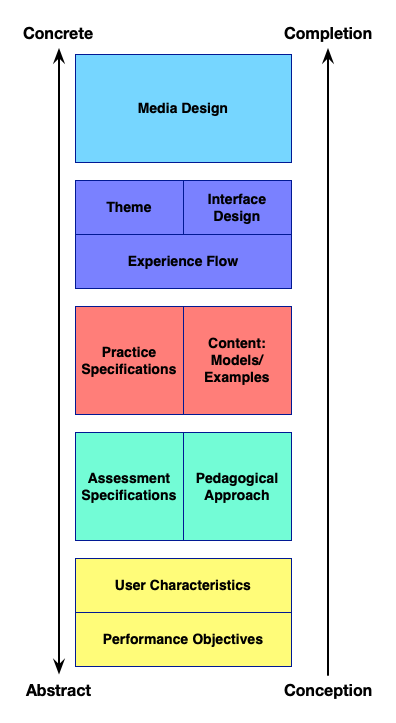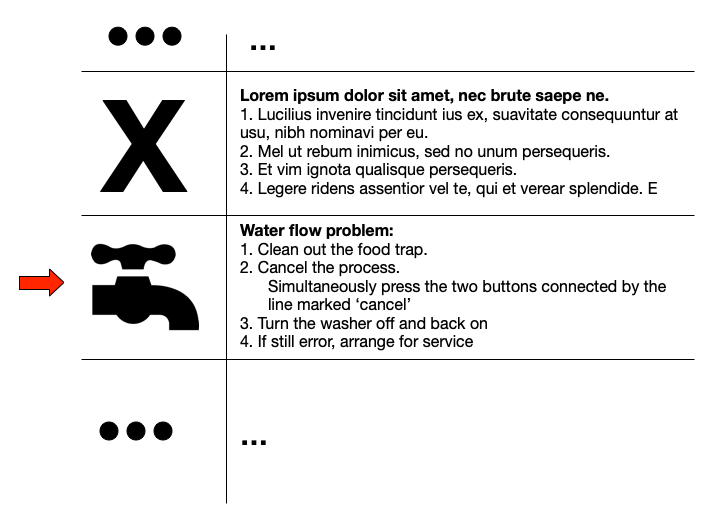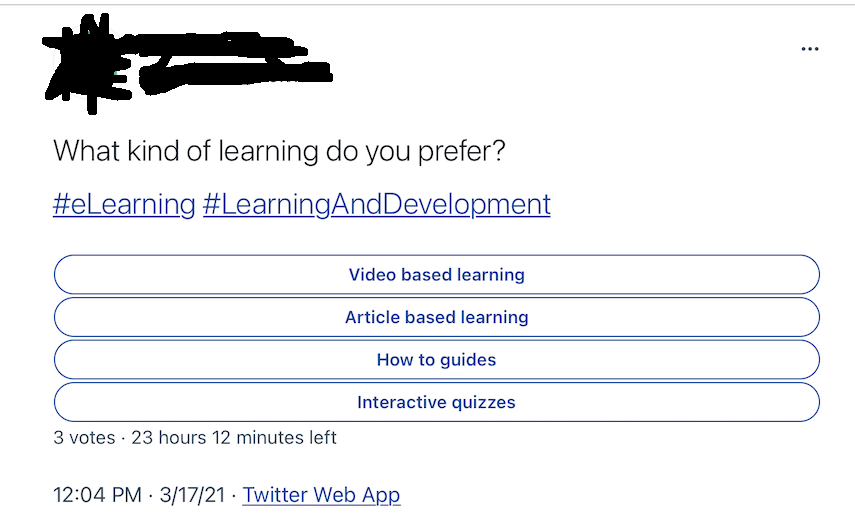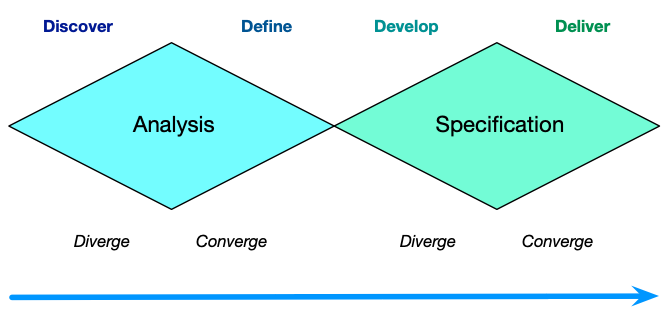A colleague asked “is anyone talking about how deep learning requires time, attention, and focus” He was concerned with “the trend that tells us everything must be short.†He asked if I‘d written anything, and I realize I really haven‘t. Well, I did make a call for “slow learning†once upon a time, but it‘s probably worth doing it again. So here‘s a riff on deep learning and expertise.
First, what do we mean by deep learning? Here, I‘m suggesting that the goal of deep learning is expertise. We‘ve automated enough of the component elements that we can use our conscious processes to make expert judgments in addressing performance requirements. This could be following a process, making strategic decisions such as diagnoses and prescriptions, and more. It can also require developing pre-conscious responses, such as we train airline pilots to respond to emergencies.
Now, these responses can vary in their degree of transfer. Making decisions about how to remedy a piece of machinery that‘s misbehaving is different than deciding how to prioritize the new product improvements. The former is more specific, the latter is more generic. Yet, there are certain things that are relevant to both.
Another issue is how often it needs to be performed. You can develop expertise much quicker with lots of opportunities to apply the knowledge. It‘s more challenging to achieve when there aren‘t as many times it‘s relevant in the course of your workflow. The aforementioned pilots are training for situations they never hope to see!
Before we get there, however, there‘s one other issue to address: how much has to go in the head, and how much can be in the world? In general, getting information in the head is hard (if we‘re doing it right), and we should try to avoid it when possible. I argue for backwards design, starting with what the performance looks like if we‘ve focused on IA (intelligence augmentation ), that is, looking for the ideal combination of smarts between technology (loosely defined) and our heads. As Joe Harless famously said “iInside every fat course there‘s a thin job aid crying to get out.â€
Once we‘ve determined that we need human expertise, we also need to acknowledge that it takes time! I put it this way: the strengthening of connections (what learning is at the neural level) can only be done so much in any one day before the strengthening function fatigues; you literally need sleep before you can learn more. And only so much strengthening can happen in that one day. So to develop strong connections, e.g. strong enough that it will be triggered appropriately, is going to have to be spaced out over time.
This does depend on the pre-existing knowledge of the learner, but it was Anders Ericsson who posited the approximately 10K hours of practice to achieve expertise. That‘s both not quite accurate and not quite what he said, but as a rule of thumb it may be helpful. The important thing is that not just any practice will work. It takes what he called ‘deliberate practice‘, that is the right next thing for this learner. Continued, over time, as the learners‘ ability increases new practice focuses are necessary.
All that can‘t come from a course (no one is going to sit through 10000 hours!). Instead, if we follow the intent of the 70:20:10 framework, it‘s going to take some initial courses, then coaching, with stretch assignments and feedback, and joining a relevant community of practice, and….
We also can‘t assume that our learners will develop this as efficiently as possible. Unless we‘ve trained them to be good self-learners, it will take guided learning across their experience. Even if it‘s only at a particular point; most people who are pursuing a sport, hobby, what have you, eventually will take a course to get past their own limitations and accelerate development.
The short answer is that deep expertise doesn‘t, can‘t, come from a short learning experience. It comes from an extended learning experience, with spaced, deliberate, and varied practice with feedback. If you want expertise, know what it takes and do it. That‘s true whether you‘re doing it for yourself or you‘re in charge of it for others. Deep learning and expertise comes with hard work. (Also, let‘s make that ‘hard fun‘ ;).




